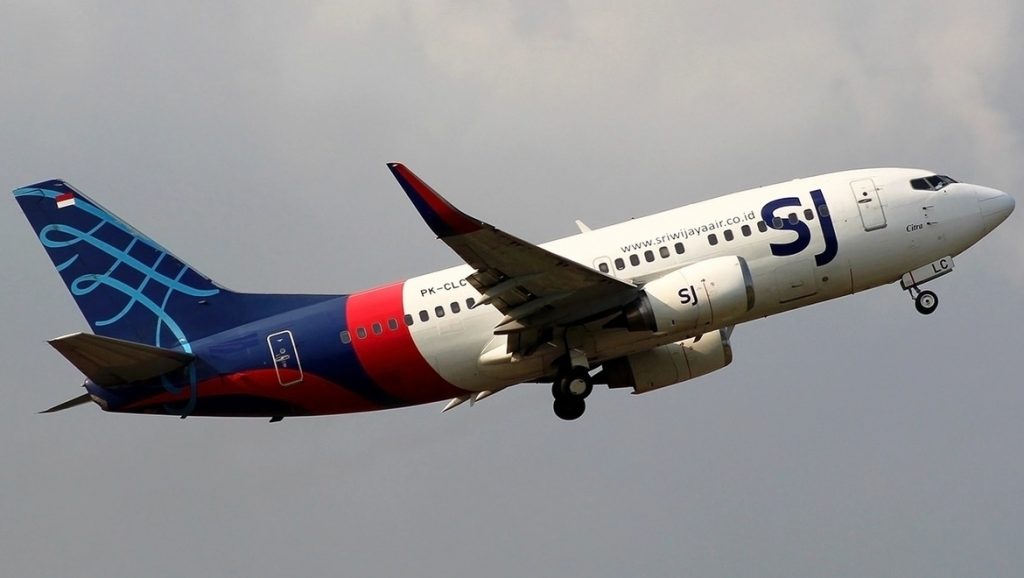
Recordings of the final minutes of the Sriwijaya Air 737 flight that crashed into the Java Sea in January have now been recovered and downloaded, according to Indonesian investigators.
The recordings themselves, nor the information they contain, have not yet been released to the public.
However, Indonesia’s air accident investigator, the KNKT, has confirmed that the aircraft’s recently-recovered cockpit voice recorder (CVR) does contain the relevant voice recordings from within the cockpit in the hours and minutes leading up to the crash.
Investigators have long believed the CVR data would be the key to understanding what truly caused flight SJ182 to crash into the Java Sea just minutes after take-off from Jakarta on Saturday, 9 January 2021, killing all 62 passengers and crew on board.
KNKT investigator Nurcahyo Utomo stated that the data contained in the CVR is in “good” condition, and it has been downloaded for use by investigators.
Utomo stated that the CVR contains four channels of audio, including the audio recordings of both the captain and the first officer of Flight 182.
“Each (channel) has the last two hours, including the record of the flight that crashed,” he said.
He added that investigators will need to synchronise the four channels to each other, as well as to radio communications and the data retrieved from the flight data recorder (FDR) to provide an accurate understanding of the turn of events that lead up to the crash.
Indonesia’s Ministry of Transportation announced late last month that the CVR had finally been recovered, nearly three months after the 737 crashed, although at the time it was not yet clear if the recordings could be recovered from the device, due to it being removed from its protective casing.
Divers were able to locate the casing of the CVR within days of the crash, however it took weeks of searching in order to find the device’s memory unit.
The memory unit of the CVR was reportedly ultimately found in relatively shallow but muddy and murky waters that are known to attract strong currents.
Investigators will now pair the data recovered from the CVR with the information already recovered from the jet’s flight data recorder (FDR) to better determine what happened to the plane.
A preliminary report into the crash, released one month after the accident, stated that the 737 had an imbalance in engine thrust due to misaligned throttle levers, which ultimately sent the plane into a sharp roll and finally a dive into the sea.












